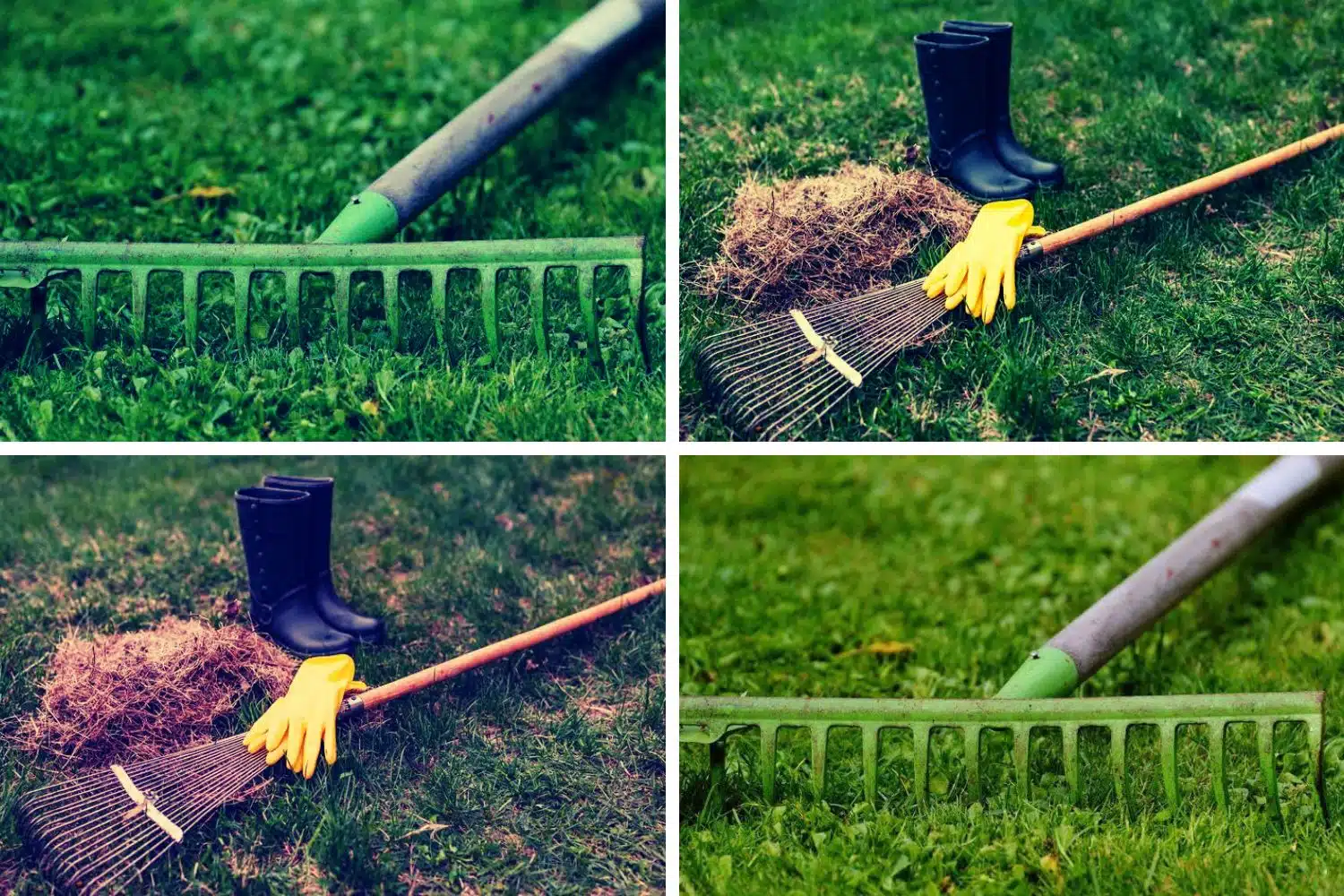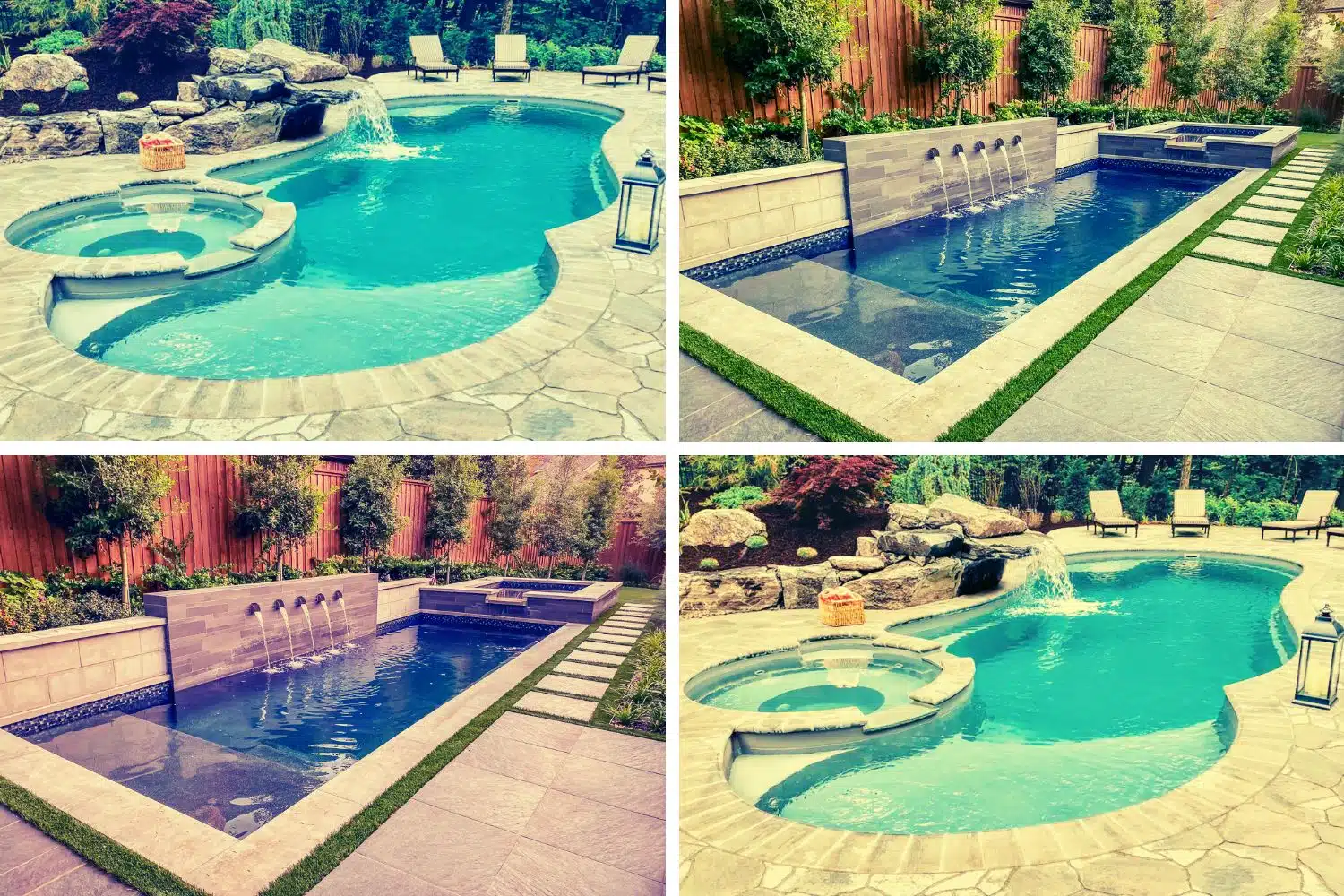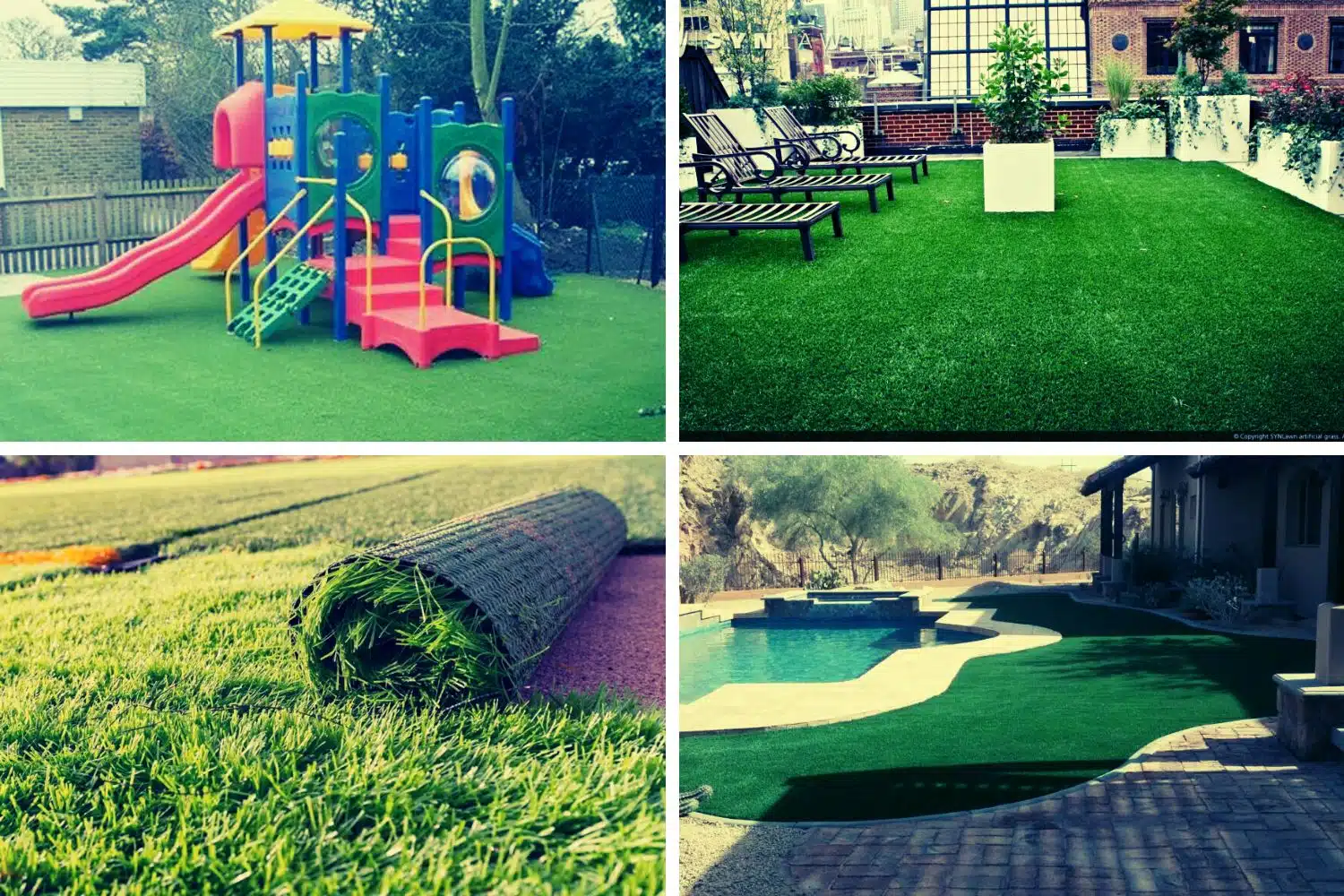A lush green lawn is the pride of every homeowner! However, without proper care and maintenance, it’s easy for your yard to become plagued with pesky yard pests and shallow roots. This is where dethatching comes in. If you want to keep your lawn green and beautiful all summer long, it’s crucial to understand the importance of dethatching and implement it as a part of your Wisconsin lawn care calendar.
Dethatching is a process that involves removing the layer of dead grass, plant debris, and other organic matter that accumulates on top of your lawn’s soil over time. Failure to remove this layer, known as thatch, can lead to a host of issues that can prevent your lawn from thriving. Dethatching is important not only for the aesthetic appeal but for the overall health of your grass.
In this complete dethatching service guide, we’ll take a closer look at why dethatching is important, the signs that indicate your lawn needs dethatching, and the various methods available. We’ll also provide step-by-step instructions on how to prepare your yard for dethatching, perform the task effectively, and care for your yard after the job is complete.
By the end of this guide, you’ll be well-equipped to take on the challenge of dethatching your lawn and will be amazed at the difference it makes in maintaining a healthy and vibrant yard. So, let’s dive in, and get your lawn ready for summer!
Signs Your Lawn Needs Dethatching
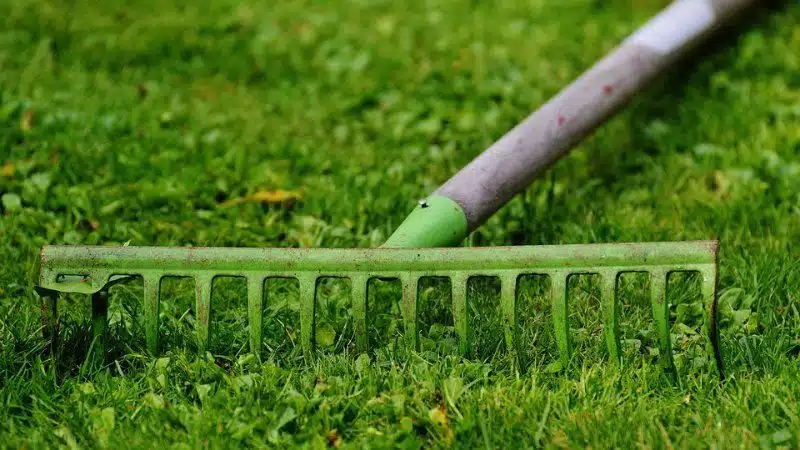
If you’re wondering whether or not your lawn needs dethatching, there are some signs to look out for. One of the most obvious signs is the buildup of thatch on the surface of your lawn. If you notice a layer of dead grass and organic material sitting on top of your yard, it’s time to consider dethatching.
Another sign is the presence of yellow, brown, or bare patches on your grass. This can indicate that your lawn is suffocating under too much thatch and needs to be removed. In addition, if you notice puddles of water forming on your lawn after heavy rain or watering, this can also be a sign of an excess amount of thatch. If any of these signs sound familiar, it’s time to think about hiring a dethatching company near me to help take care of the problem.
Dethatching Methods
When it comes to dethatching, there are different methods to choose from. One method is manual dethatching, which involves using a specialized rake to remove the thatch. This is a time and labor-intensive method and is usually only recommended for small lawns with minimal thatch buildup. Another method is power raking, which involves using a motorized machine to dethatch the lawn.
This method is faster and more efficient than manual dethatching, and it is recommended for medium-sized lawns. The third and most effective method is core aeration, which removes small plugs of soil and thatch from the lawn. While this method is more expensive than the others, it is the most effective way to dethatch a lawn and is suitable for large lawns with severe thatch buildup.
When deciding which method to use, it’s important to consider the size, condition, and type of your lawn. If your lawn has minimal thatch buildup, manual dethatching might be a good option. However, larger lawns or those with severe thatch buildup would benefit more from power raking or core aeration. The recommendation is to seek advice from professional dethatching services who can evaluate your lawn and suggest the best approach. Ultimately, choosing the right dethatching method is essential in ensuring that your lawn remains healthy and beautiful all summer long.
How to Prepare Your Lawn for Dethatching
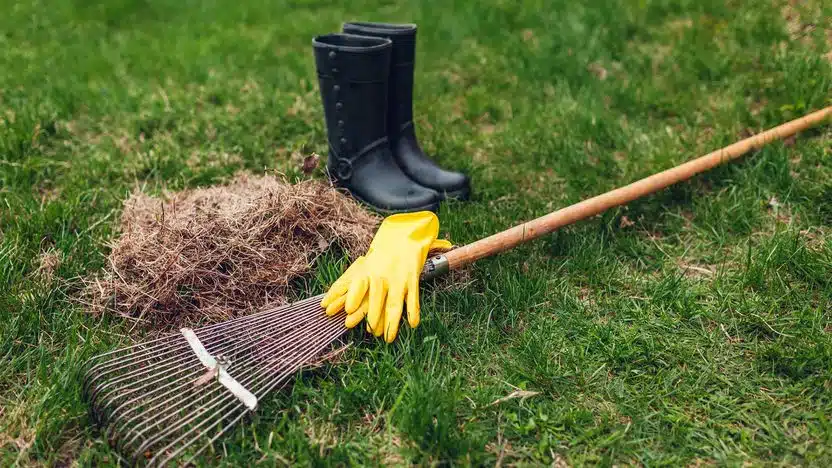
Preparation is key to ensuring a successful dethatching process. Before beginning, it’s important to mow your lawn to about half the height of the grass to make it easier to see and remove the thatch layer. In addition, it’s a good idea to water your lawn a couple of days before dethatching to ensure that the soil is moist but not muddy. It’s important to note that dethatching is a heavy-duty task and could damage sprinkler heads or other lawn equipment. Therefore, before dethatching, you should clear the area of any debris and obstacles that could interfere with the process.
The equipment needed for dethatching depends on the method used. If you’re using a manual dethatching rake, make sure to choose one with a comfortable handle to avoid hand fatigue. Power rakes and core aerators can be rented from a landscaping equipment rental store. Regardless of the method, it’s essential to wear the appropriate safety gear, including gloves, protective eyewear, and non-slip shoes to prevent accidents. By preparing your lawn adequately and having the right equipment on hand, you can ensure that the dethatching process goes smoothly and without any mishaps.
Dethatching Process
When it comes to actually dethatching your lawn, following the proper steps is crucial to ensure a healthy, green lawn. After making sure your lawn is prepped and equipped with the right tools, you can start the dethatching process. Depending on the method chosen, start at one end of the lawn and work your way systematically over the entire area, removing the thatch layer as you go.
Be sure to work carefully and methodically to ensure an even removal of the thatch, and avoid damaging the grass roots. Once the thatch is removed, it’s important to collect it and dispose of it properly to avoid any further lawn issues. A successful dethatching requires care and attention to detail. If you’re not confident about doing it yourself, consider reaching out to reputable landscape contractors Minneapolis that can handles such jobs with expertise and guaranteed results.
Post-Dethatching Care
After dethatching your lawn, it’s recommended to give your lawn the extra attention it needs to thrive. One of the most important steps to take is proper watering. In the first few days after dethatching, you should water your lawn lightly to promote root growth and prevent wilting. Avoid heavy watering that could wash the newly created bare spots or displace the seeds. It’s also an excellent opportunity to fertilize your lawn. The freshly exposed soil allows for better absorption of nutrients, so choose a fertilizer high in nitrogen and other crucial nutrients for grass growth.
However, take care not to over-fertilize, as it can cause burns on your new grass roots. Finally, you’ll need to adjust your mowing practices. After dethatching, your lawn’s grass may need a little extra time to recover, so wait at least two weeks before mowing. When you do start mowing, start with a higher cut setting to avoid damaging the new grass shoots. Taking these simple steps will help your lawn recover quickly, become lush and healthy, and keep it looking beautiful all summer long.
Conclusion
Dethatching is essential to maintaining a green, healthy lawn all summer long. The removal of the buildup of organic matter and dead grass on the surface of your yard can prevent disease, pests, and shallow root growth, leading to a more beautiful and long-lasting lawn. With different methods of dethatching available, it’s essential to choose the one that works best for your lawn type, size, and condition. Preparing your lawn adequately for dethatching and following the proper process, including collecting and removing the thatch responsibly, ensures success during the process. Finally, proper lawn care after dethatching will help your lawn recover and stay healthy.
In conclusion, dethatching should be a part of your Wisconsin lawn care calendar. The process of dethatching may seem tedious, but the long-term benefits of a beautiful, healthy, lush lawn will be worth all the effort. Whether you choose to do it yourself or hire landscape contractors in Minneapolis, thorough preparation and caution should be exercised. With the proper care and attention, your lawn can thrive all summer long, creating memories and moments to last a lifetime.
